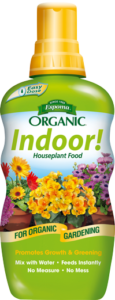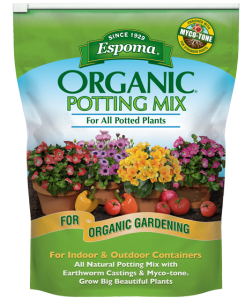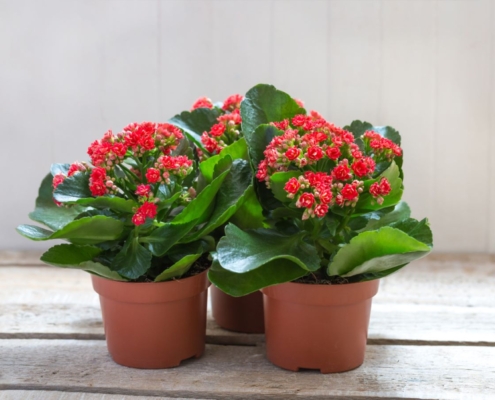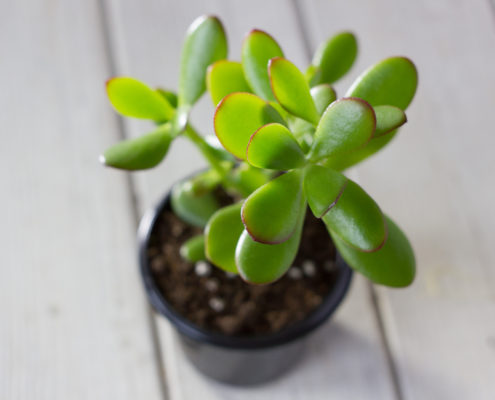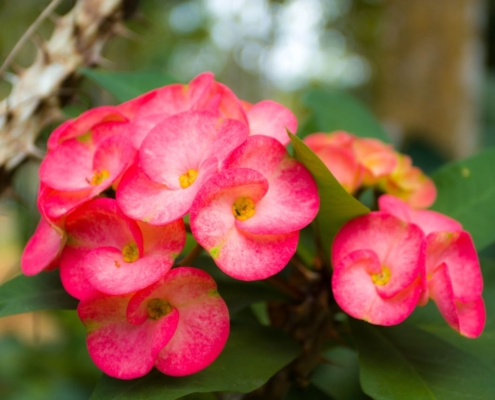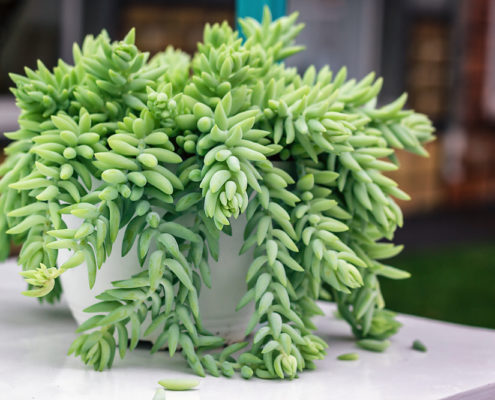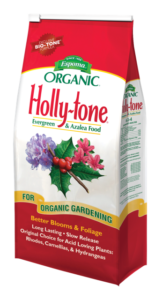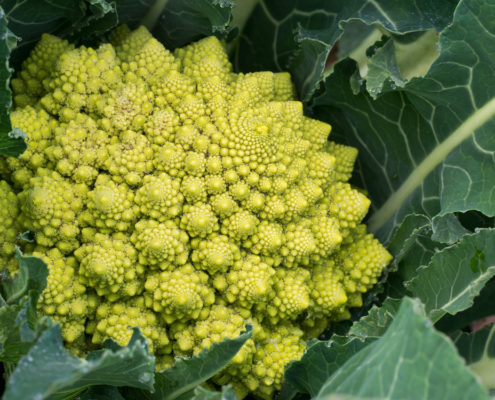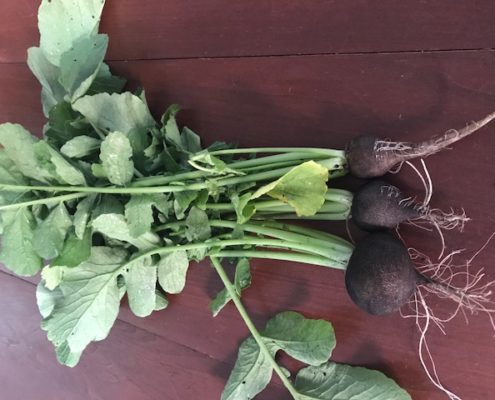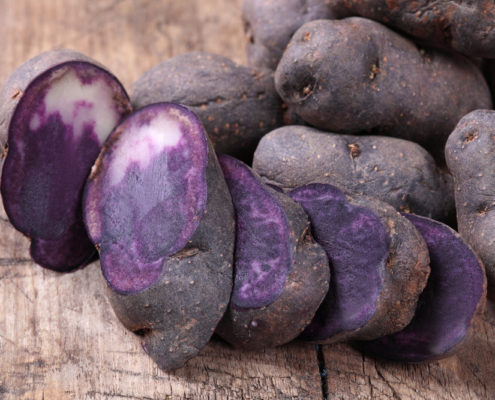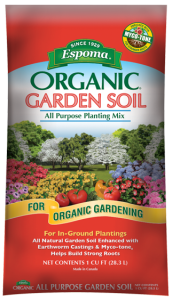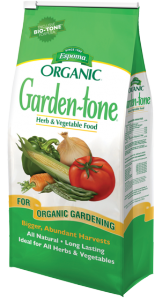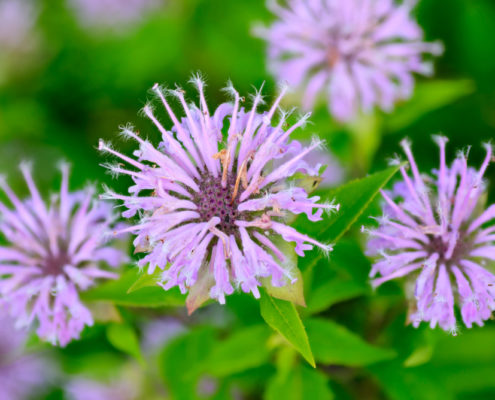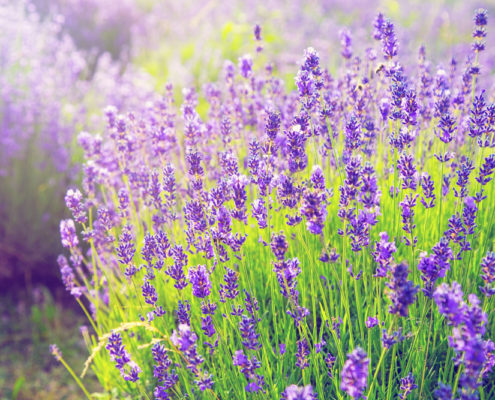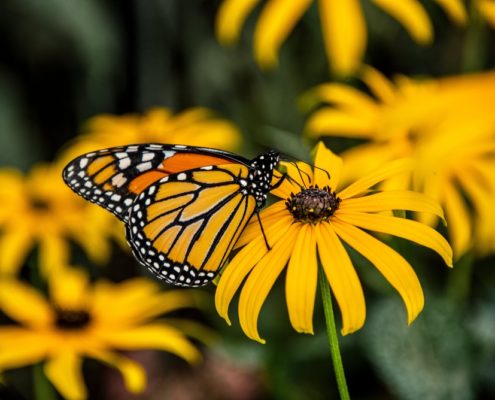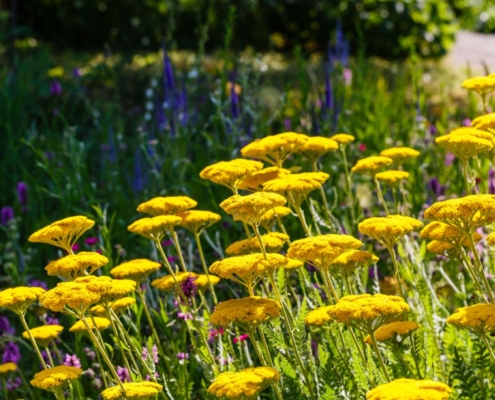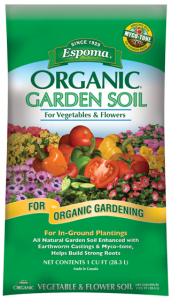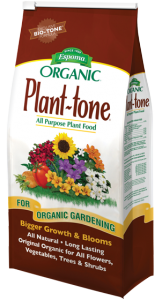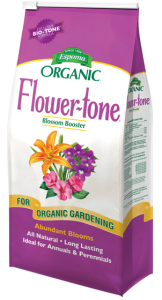Easy, Breezy Houseplants that Cool Your Home
While everyone loves being indoors in air conditioning on hot summer days, indoor spaces sometimes could use a good pop of plant life. Plus, Mother Nature has her own way of cooling things down. Try cooling your house down the eco-friendly way with houseplants.
Not only do our favorite houseplants look good, they also have humidifier properties and clean the air too. If you live in dry regions, having houseplants with humidifying effects will help beat the heat.
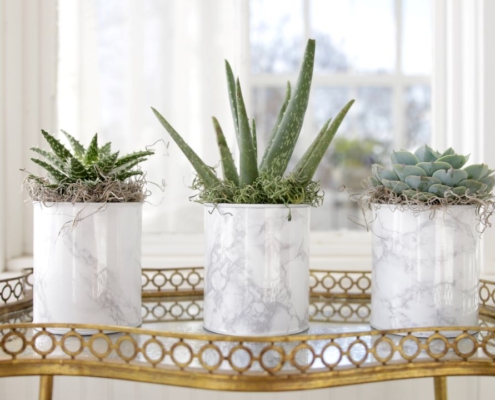
Photo courtesy of Garden Answer
Aloe Vera
Not only will you be able to treat sunburns all summer, but Aloe leaves have a high water content which release cool moisture into the air. Aloe is also known to remove toxins from the air. The plant prefers a lot of sun and well-draining soil, such as Espoma’s Organic Cactus Mix. Water approximately every three weeks to allow the soil to dry 1-2 inches between watering’s. Fertilize once per month with Espoma’s Cactus! Liquid fertilizer.
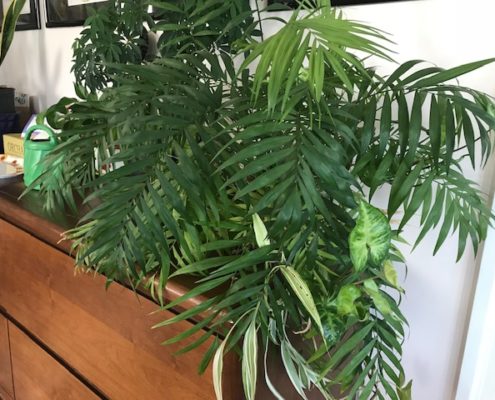
Bamboo Palm
The bamboo palm’s luscious leaves are excellent humidifiers and have air purifying qualities as well. The more mature the plant gets, the more moisture it releases. Bamboo Palms prefer well drained soil and pots. They are relatively low maintenance and only require watering when the soil surface feels dry. It is important not to over water Bamboo Palms. Set the pot in an area with bright, indirect light to get healthy growth.
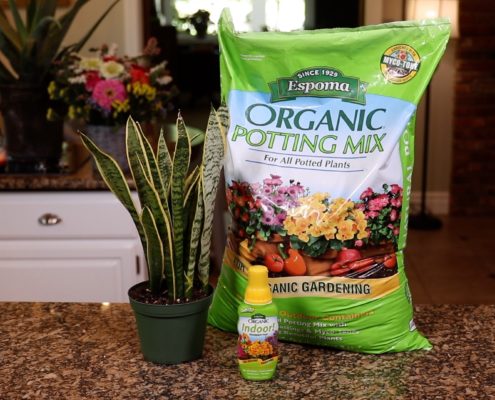
Photo courtesy of Garden Answer
Sansevieria
Sansevieria has a variety of names but is commonly known as “snake plant.” This snake-like plant has incredible air cooling and cleansing properties. Not to mention, it may be the easiest houseplant you can find. It only requires watering when the soil is completely dry. This can take up to six weeks depending on the size of the plant, humidity, light and temperature conditions in your home. They prefer indirect, medium-to-low light.
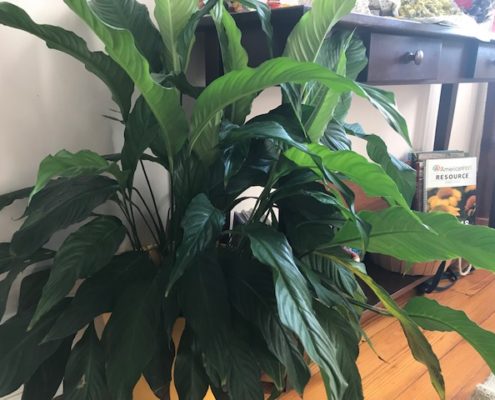
Peace Lily
The Peace Lily is a home essential. Not only does it have stunning green foliage, but if given enough light, classic lily blooms will flower. They have air cleansing and cooling abilities making them perfect as part of your air-cooling house plant team. Peace lilies prefer medium to low light and well-drained soil. For quality potting soil and houseplant success, try Espoma’s Organic Potting Mix. The biggest danger with Peace Lilies, and most plants, is over watering. It is best to check the soil once per week. If the plant starts to wilt or the top 1” of the soil is dry, it is time to water. They only require fertilizing once or twice per year.
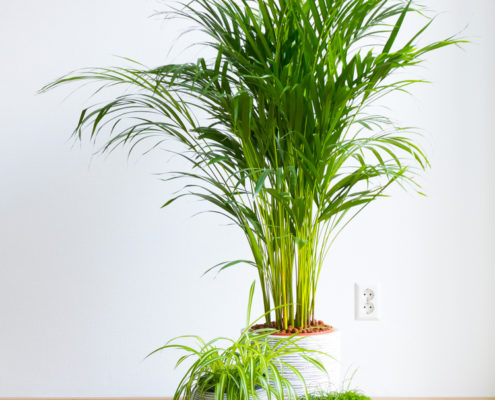
Areca Palm Tree
Like the other heat-battling, air-cleansing plants on this list, the Areca Palm tree is an excellent air humidifier and also removes toxins from the air. It requires a little more attention than the other plants on this list and will not survive neglect. They prefer lightly moist soil so be sure to check on your plant frequently, especially in warmer temperatures. It is best to fertilize frequently in the spring. For a lush, healthy tree try Espoma’s Indoor! Liquid Fertilizer. They are light-loving plants so near a non-drafty window would be the perfect spot.
Espoma Products for Houseplants:

